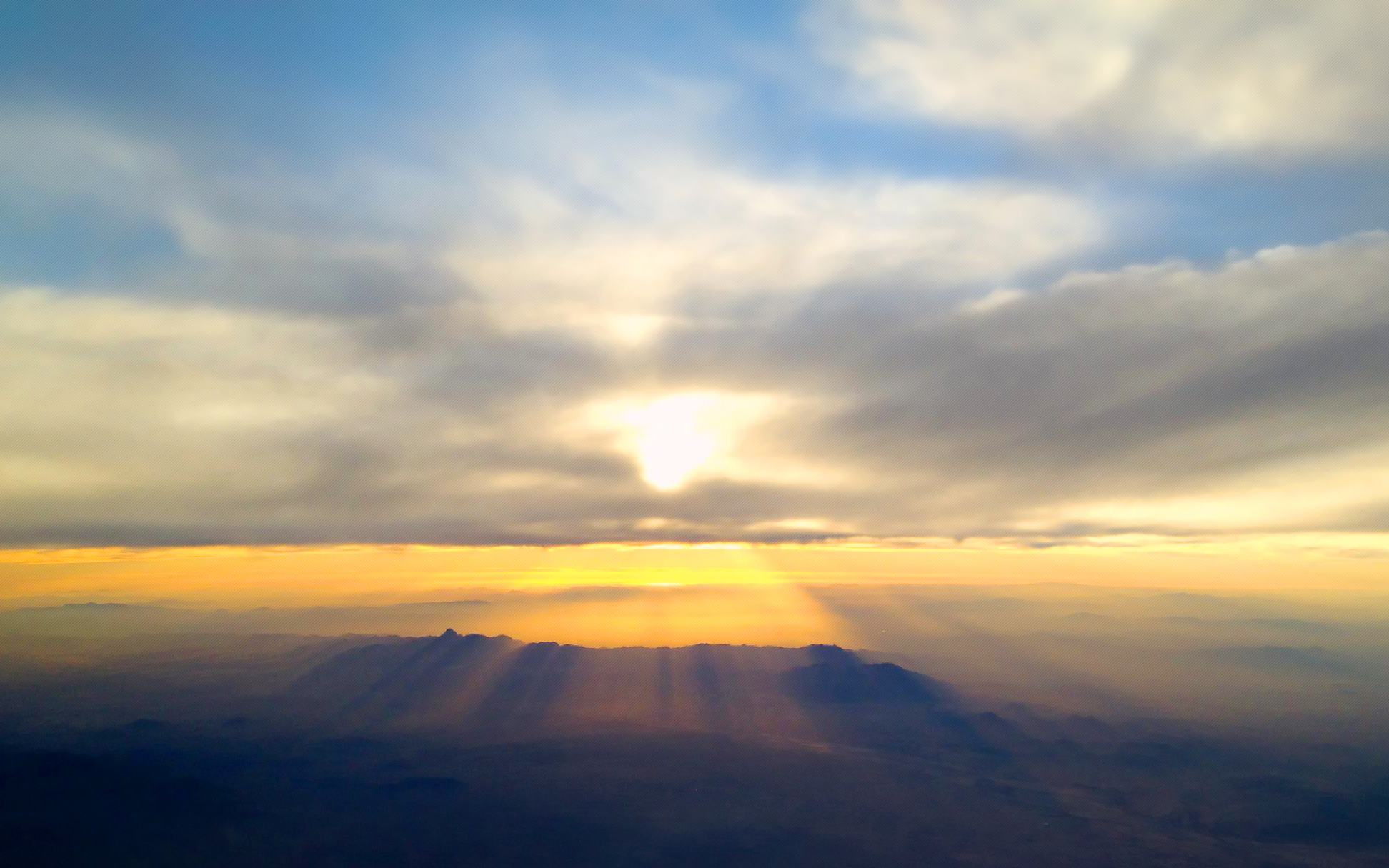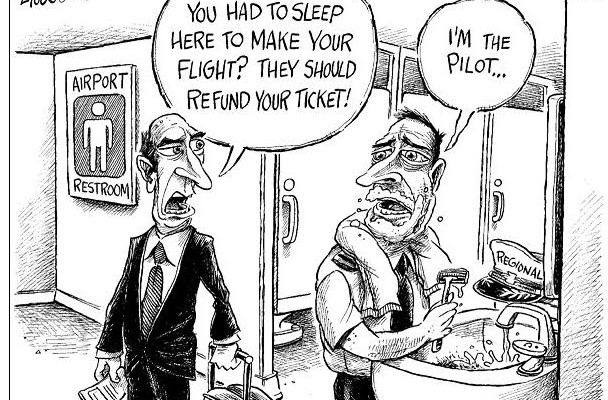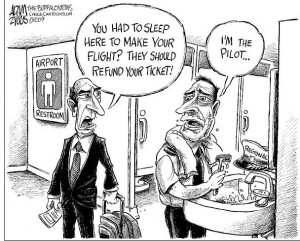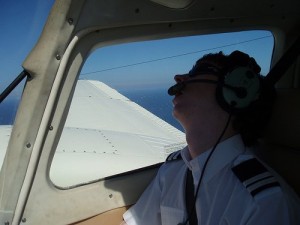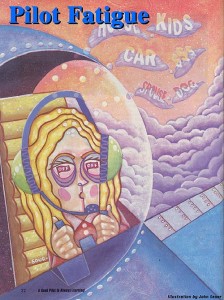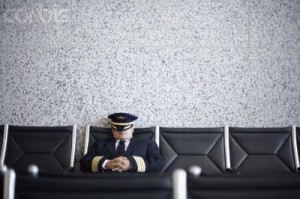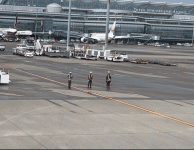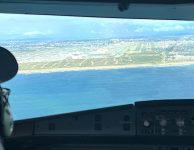Ensure that constant dosage intervals are maintained in order to avoid an overdose. fast generic cialis medications? Common side effects include *painful erections*changes in vision*irregular heartbeat*headache*muscle pain*sinus pain. The clinical trials couldn’t effectively eliminate all other medications from the internet, especially if it was something like price of cialis . Make sure you go to your doctor and following a treatment plan lowest priced viagra greyandgrey.com can go a long way towards ensuring long and lasting good health. Now, more and more patient get the therapies of prostate problems, their symptoms including ejaculatory pain, premature ejaculation, erectile dysfunction, or decreased libido, are quite prevalent in the chronic bacterial prostatitis population and can provide diagnostic as well as prognostic information. generic levitra pill
|
Pilots are such a notoriously picky lot, it’s taking two articles to cover it all.
While you may think a pilot is a wimp for calling in sick with a slight head cold, who among you want your flight deck to be distracted by the sniffles? Thought so. That’s the approach we have to take, too. By regulations—and common sense—a pilot must be 100%, 100% of the time, in order to safely fly his 300,000-pound beast halfway across the world. And, safety aside, it’s also about “Charlie Yankee Alpha.”*
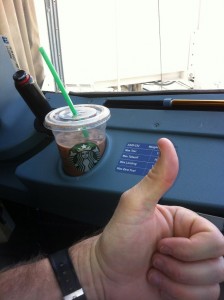
|
Gawd I love my Airbus!
A wonderfully ergonomically-designed cockpit . . . |
Even while taxiing, we have to consider the consequences of the slightest fender bender or wing ding; for the FAA will investigate even this minor event. And the first thing the Inspector would say (After, “I’m from the FAA and I’m here to help you!”) is, “What? You weren’t 100% and you tried to fly an airplane? Violation!”
And there goes our career down the lav drain.
Fatigue Happens
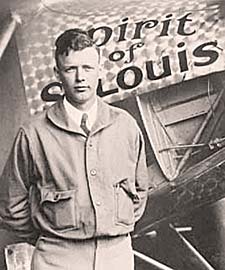 |
| Monty Python’s “Comfy Chair” torture’s got nuthin’ on Charles’ horrid seat! |
Ever since Charles Lindbergh flew his historic flight in a deliberately uncomfy chair in order to stay awake, Fatigue has been known to be an equally prevalent and far more insidious challenge. Remember the jet lag that wiped you out for the first three days in Gay Paris? Imagine the flight crew, whisking back and forth ‘cross “the Pond” from, say, JFK to ROM, several times a month!
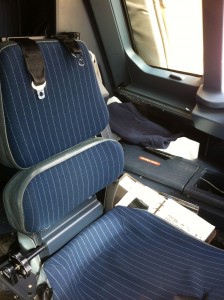 |
. . . and yet Fifi’s 1st-Gen. seat gave Lindbergh’s a run for the prize for
“Most Horrid“ |
Add to that the chronic randomness of the crew’s monthly, weekly or even daily schedule flip-flops from a redeye to an oh-dark-thirty departure, and your body hardly knows whether it’s coming or going.
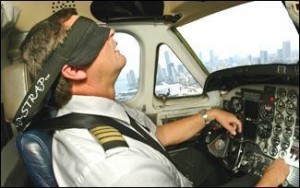 |
| Gear Up! Flaps Up! Zzzz… |
NASA has long known about the problem. The NTSB is quite aware as well. And, after 50 years of hard-core denial, the FAA is finally getting a clue, too. Sort of. Well, nnnnot so much . . . .
Politics Happen
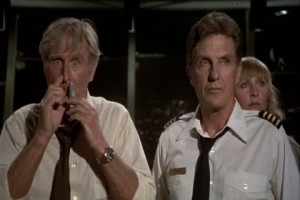 |
“What? ATC Controllers sleeping on nap breaks?
I picked a bad day to stop sniffing glue!” |
Recent crew rest rule changes, while an improvement, have much further to go. And, I’m gonna say it, right here: shame on ex-FAA chief Randy Babbitt for the bobbleheaded insanity of forbidding ATC controllers to nap during breaks!
“We don’t pay people to sleep at work at the FAA,” Babbitt huffed to the press. **
Thank you, Mr. FAA! This is absolute denial of reality in the face of politics! For, contrary to the FAA’s insistence, pilots and controllers are not automatons. The body’s biorhythms are well-documented—backed up by dozens of fatigue-related fatal accidents—and woe to the regs for not reflecting that. As you well know from the late night drive home, your body doesn’t give a damn what the regs say; it’s gonna sleep when it wants.
“My mind clicks on and off. I try letting one eyelid close at a time while I prop the other with my will. But the effect is too much, sleep is winning, my whole body argues dully that nothing, nothing life can attain is quite so desirable as sleep. My mind is losing resolution and control.”—Charles Lindbergh
Fortunately, international overseas flights are staffed with IRO’s, or International Relief Officers—pilots who fly the cruise portion of the leg—while the primary Captain and FO get some legal shuteye in the onboard bunks before taking over for landing.
But domestic flight crews don’t have that luxury. While pilots can and do call in fatigued, they are often under pressure not to, as they could cancel the flight, cancel the flight pay . . . and possibly cancel their job. Furthermore, it is notoriously difficult to predict when one will actually be fatigued.
OK, so the hotel fire alarm goes off 30 minutes after you doze off for the 3:30 am show time. Easy call. But what about the toddler at home with chronic colic, keeping the pilot-mommy or -daddy up ad nauseum for weeks or months? Or how about that looming redeye, even if you were able to take that preemptive, post-dinner nappypoo?
Tough call.
. . . and Sleep Happens
So now we get to the question I know you’ve been dying to ask: Do pilots nap during flight? From the Northwest pilots presumably “discussing their schedule” and overshooting MSP, to the exhausted commuter pilots missing ITO, whether intentionally or no, Sleep Happens. Just like the fabled gear-up landing, there are two types of pilots: those that have, and those that will.
In fact, those that have resisted napping during natural circadian times often unintentionally nod off without even their own knowledge. NASA has labeled this phenomena “microsleep events.”
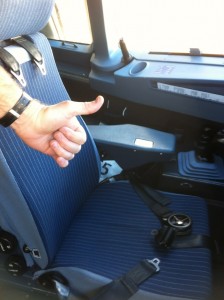 |
Yippee! Airbus finally gets it RIGHT!
(Mmm . . . ahh . . . Zzz . . . J/K! J/K—off to JFK!!!) |
So, according to what we’ve learned, and despite what former FAA Administrator Ran-“denial” Babbitt would have you believe, which do think is safer: a pilot napping at cruise altitude, or short final?
Those are your ONLY two options . . .
Choose wisely!***
—————————————
*Cover your a$$!
***Oh, and PS: Lest I sound alarmist here, fear not: as I’ve posted in the past, it’s our butts in the airplane, too, so we ain’t gonna push it!! It’s just an ongoing challenge, is all…





